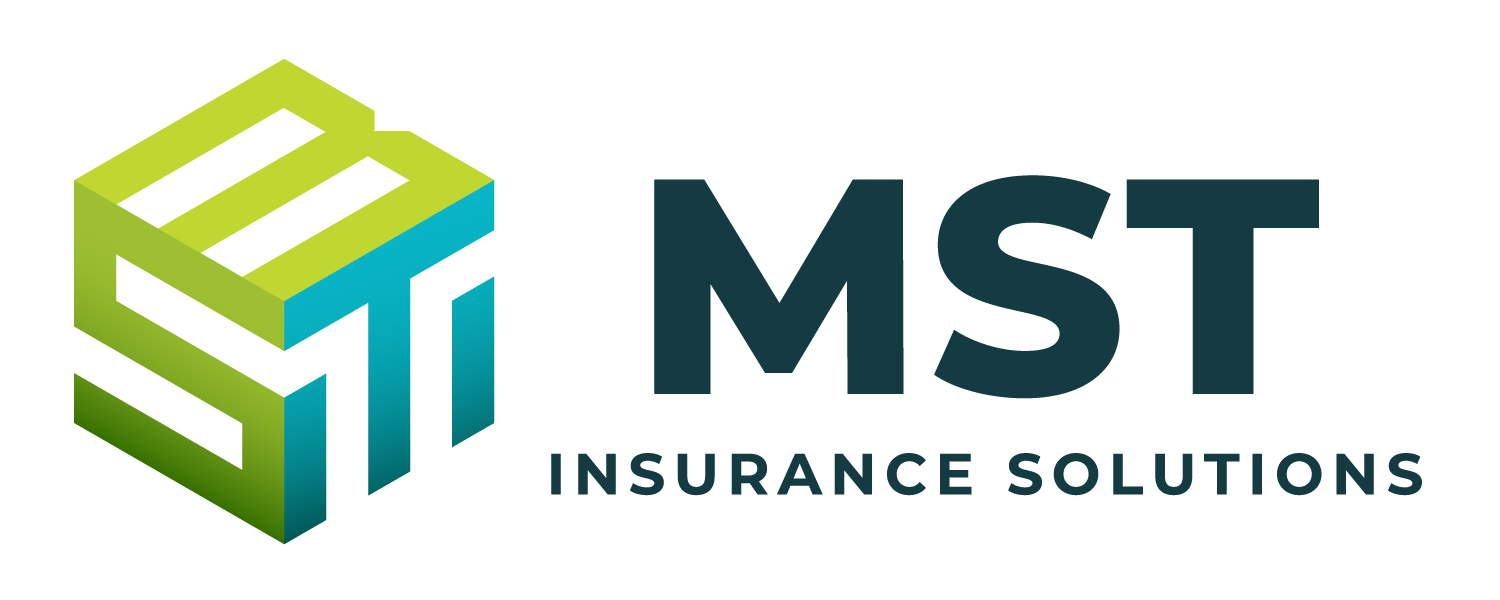Carbon accounting helps businesses measure and manage their greenhouse gas emissions. It’s a key tool for identifying ways to lower an organization’s carbon footprint, improving efficiencies and achieving sustainability goals. As regulations evolve and stakeholders seek transparency around environmental initiatives, carbon accounting is becoming an essential part of business operations.
This article provides more information on carbon accounting, including descriptions of its three scopes of categorization. It also offers an overview of common methodologies and describes how to establish baselines in carbon accounting. Finally, it explores why businesses should invest in carbon accounting.
What Is Carbon Accounting?
Carbon accounting, also known as greenhouse gas accounting, is the process of quantifying an organization’s greenhouse gas emissions. It involves measuring, tracking and reporting carbon dioxide and other greenhouse gases produced across an organization’s products, operations and value chains. This includes the corporate carbon footprint, which encompasses both direct emissions from internal activities and indirect emissions from suppliers or consumers using the organization’s products.
Beyond corporate footprints, carbon accounting can also be used to quantify product carbon footprints or those of portfolios, trades, cities and projects. Similar to financial accounting, it requires rigor, transparency and consistency with adherence to international standards and best practices.
The standard unit used in carbon accounting is CO2e (carbon dioxide equivalent), which allows different greenhouse gases —such as carbon dioxide, methane and nitrous oxide—to be expressed as a single metric by converting them based on their global warming potential (GWP). For example, methane has a GWP 28 times greater than carbon dioxide.
Carbon accounting is a critical tool in addressing climate change. It is becoming increasingly popular among businesses, as it helps organizations respond to growing pressure from regulators, investors and customers to report and reduce emissions. Companies can build resilience and gain a competitive edge in the transition to a net-zero economy—where the total amount of greenhouse gas emissions generated is offset by the amount removed from the atmosphere—by implementing effective carbon accounting practices.
Understanding Emission Scopes: The Foundation of Carbon Accounting
In corporate carbon accounting, the globally accepted practice categorizes an organization’s greenhouse gas emissions inventory into three distinct scopes: Scope 1, Scope 2 and Scope 3. This framework is defined by the Greenhouse Gas Protocol, developed by the World Business Resources Institute and the World Business Council for Sustainable Development. It is the most widely used standard for greenhouse gas accounting:
- Scope 1: Direct Emissions—These emissions originate from sources that an organization directly owns or controls. Examples include fuel combustion in company vehicles and facilities; fugitive emissions, such as those from refrigeration systems or coal mining; chemical production; and on-site generation of electricity, heat or steam.
- Scope 2: Indirect Energy Emissions—These are indirect emissions resulting from the electricity, heating, steam and cooling that an organization consumes. Common examples include electricity used for offices, data centers, and heating and cooling systems.
- Scope 3: Value Chain Emissions—These encompass all other indirect emissions that occur across an organization’s upstream and downstream value chain, which are not owned or directly controlled by the company. This category is typically the largest source of a company’s greenhouse gas emissions—often up to 90%—and therefore presents the greatest opportunities for emissions reduction. Examples include emissions from purchased raw materials, goods and services, business travel, employee commuting, waste disposal, leased assets, and the use of sold products and their end-of-life treatment.
Carbon Accounting Methodologies
The carbon accounting process typically involves several foundational steps: defining organizational and reporting boundaries, collecting and quality-checking data, and calculating carbon emissions using appropriate methodologies and emission factors.
The Greenhouse Gas Protocol offers comprehensive guidance for various types of carbon accounting, including corporate greenhouse gas inventories, corporate value chain emissions and product lifecycle emissions. To calculate emissions, organizations may use different data approaches, including:
- Supplier-specific data—This method uses emissions data—either intensity-based or absolute—directly reported by an organization’s suppliers. Although it is the most challenging approach due to data accessibility and verification, it generally yields the highest accuracy.
- Activity-based method—Also known as the average-data method, this approach involves measuring actual physical activity, such as amounts of fuel used, weights of material purchased, distance traveled, water consumed or electricity consumed. Tailored emission factors are then applied to this real-world usage data, resulting in more precise and detailed emissions estimates. It is particularly effective for Scope 3 analysis and supply chain tracking, as it reflects actual consumption and emission sources. However, it is more time-intensive and requires detailed operational data.
- Spend-based method—This method applies an emissions factor based on emissions produced per financial unit to the monetary value of a purchased good or service. It is quick and easy to implement, requiring minimal data, which makes it ideal for organizations tracking their carbon footprint for the first time. However, it provides less accurate estimates due to fluctuating prices and reliance on general industry averages.
- Hybrid approach—Many organizations are adopting a hybrid carbon accounting methodology that combines both the spend-based and activity-based methods. This approach enables businesses to leverage speed in areas where only financial data is available and precision in areas where detailed activity data is available. A hybrid approach helps build a comprehensive and credible carbon footprint, enhancing transparency.
Establishing Baselines in Carbon Accounting
All reporting frameworks require organizations to establish a baseline, which represents the existing carbon footprint against which all future improvements will be measured. This baseline must be both accurate and appropriate to ensure meaningful comparisons and compliance with the requirements of any commitments or pledges the business has made.
The following are key considerations when setting a baseline:
- Defining the boundaries of the organization’s activities helps determine what emissions sources are included.
- Structuring data appropriately can enable accurate accounting.
- Determining the most appropriate base year helps ensure that carbon reduction initiatives can be compared to a fixed reference point.
Additionally, baseline emissions need to be recalculated when structural changes occur within the organization that alter the inventory boundary, such as acquisitions or divestments. Utilizing carbon accounting software can simplify this recalculation process, helping ensure accuracy and compliance with reporting standards.
Why Businesses Should Invest in Carbon Accounting
Businesses should invest in carbon accounting for several reasons, including the following:
- Complying with laws and regulations—Carbon accounting is crucial for businesses to comply with current and future environmental regulations. Mandatory carbon disclosure is already being implemented in major economies, including the United Kingdom and the European Union. By calculating and reporting emissions in line with legal requirements, companies can avoid fines and demonstrate accountability.
- Appealing to investors—Carbon accounting is a core part of environmental, social and governance leadership. Investors are increasingly scrutinizing sustainability performance alongside financial performance. Robust carbon accounting practices can increase investor appeal and access to sustainable financing, as investors are interested in companies committed to sustainability.
- Gaining a competitive edge and meeting customer demand—Companies with strong carbon accounting practices can be better positioned to meet customer demand and gain a competitive advantage. Companies with significant purchasing power often request their suppliers to disclose emissions. In turn, suppliers have been stepping up by reporting corporate emissions and providing product carbon footprints to demonstrate their goods are lower carbon than competitors’. Carbon accounting also helps in developing verifiably low-carbon products.
- Managing risks—Carbon accounting enables organizations to pinpoint risks related to climate change and carbon regulation (e.g., cost shocks, logistical impacts, regulatory burdens and reputational damage). It provides concrete data that helps establish transparency.
- Revealing reduction opportunities and efficiencies—Calculating greenhouse gas emissions allows companies to see their carbon footprint and find opportunities to reduce emissions across their value chain. By identifying high-emission areas, businesses can develop targeted reduction strategies and improve overall energy and resource efficiency, leading to reduced operational costs.
- Informing strategic decision-making—Carbon accounting provides the data foundation needed to make strategic decisions, participate in the carbon market and develop corporate sustainability strategies. It helps companies identify inefficiencies, reduce indirect emissions, and align with global agreements (e.g., Paris Climate Accord) and science-based targets.
- Promoting accountability and transparency—Carbon raises awareness about the negative impacts of climate change and motivates businesses to take responsibility for their climate impact. Demonstrating accountability and publicly disclosing carbon emissions and reduction efforts can enable companies to build greater stakeholder trust with investors, customers and employees.
- Achieving emission reduction targets more effectively— By creating greenhouse gas inventories and providing accurate data, carbon accounting enables organizations to track progress, implement reduction strategies and improve their carbon management, making it more feasible and achievable to hit emissions reduction targets.
Conclusion
Understanding carbon accounting is essential for businesses aiming to stay competitive, compliant and credible in a rapidly evolving sustainability landscape. It equips organizations with the data needed to meet regulatory requirements, manage risks and make informed strategic decisions. By investing in carbon accounting, companies can drive meaningful climate action while building trust with stakeholders and unlocking long-term value.
For a copy of this notice, click here: Risk Insights – What Businesses Should Know About Carbon Accounting

